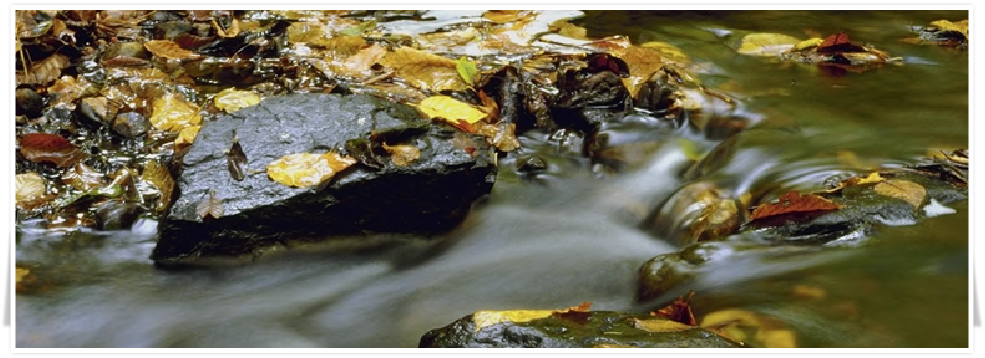Key words: Analytical; analysis; chemical; chemistry; education; environment; environmental; instrumentation; monitoring; training; water; water quality



For advice on and training in scientific methods for environmental monitoring
Site still under construction
The lithosphere is constantly being modified by weathering mechanisms. These fall into a number of different categories, namely:
Physical processes
Chemical processes such as dissolution, carbonation, hydrolysis and redox
Biological
However, the actual nature of the interactions is affected by the composition of the minerals involved and the pH. Therefore, this is an exceedingly complex situation.
2. Physical Weathering
Rocks which have been buried in the crust of the lithosphere can develop small cracks on exposure to the atmosphere. Water enters these cracks and if the temperature falls sufficiently for the water to freeze then the pressure of the expanding ice will extend the cracks, eventually causing the rock to split or flake. Note that expanding ice can exert a pressure of 150kg.cm-2 while the tensile strength of rock is about 120kg.cm-2.
Alternating hot and cold spells will speed up the disintegration of rocks, especially if the temperature variations are large and occur rapidly. In situations where rocks are partly submerged then the exposed surfaces will become heated during the day while the buried portions remain cool. The differential expansion that results will cause extensive cracking and the subsequent disintegration of the rock. Physical abrasion can be caused by the action of wind, running water and glaciers, while plant roots, penetrating cracks and crevices, force the rock apart.
All these factors combine to break down rock into ever smaller particles, so increasing its potential for reacting chemically with other materials in the environment. Thus, the rate of weathering is substantially increased. Also, the changes are now qualitative with the products of weathering being very different from the original rock.
3. Chemical Weathering
The principal weathering agents are water, oxygen and carbon dioxide. There are, of course may other substances in the environment which, because of their reactivity, will contribute to the weathering process. However, their effects are often local and/or relatively unimportant and so they will not be considered in any detail.
The mineral composition of natural water depends on the local environment; for example, coastal freshwater will contain more sodium and chloride ions than water further inland. It must be remembered also that the mineral composition of water changes as it percolates through the earth’s crust. On average, rainwater contains 2.0mg.cm-3 sodium ions, 0.3mg.cm-3 potassium ions, 0.1mg.cm-3 calcium ions, 3.8mg.cm-3 chloride ions, 0.6mg.cm-3 sulphate ions and 0.12mg.cm-3 hydrogen carbonate ions. It has a pH of approximately 5.7 and the amount of carbon dioxide present is in equilibrium with the amount of carbon dioxide in the atmosphere. Once in contact with the land, however, this composition is likely to change dramatically. Organisms will extract the nutrient ions and replace them nitrate ions, ammonia and so on. In addition, the carbon dioxide content will increase as the water passes through areas where the is decaying organic matter. The amount of dissolved oxygen too will fluctuate considerably.
As mentioned before, the chemical weathering processes include:
Dissolution
Carbonation
Hydrolysis
Redox
These will now be considered in greater detail.
Dissolution: This is the dissolving of materials in water. When this happens substances are in effect extracted from rocks and minerals and carried away. The act of dissolution is affected in the first place, of course, by the ability of materials to actually dissolve in water. Although much of the inorganic material in the earth’s crust is ionic and so theoretically soluble, in fact solubilities vary widely. Thus, sodium chloride, derived from halite deposits and sodium-rich rocks, has a relatively high solubility (350g.dm-3). Calcium sulphate, occurring as gypsum and anhydrite, is considerabl